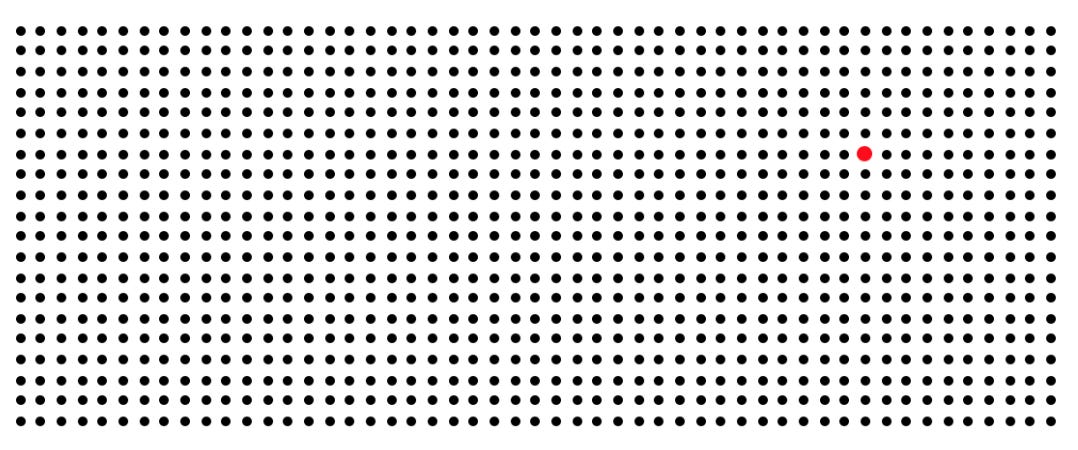Article by Andy Masley: “Suppose I want to run my own tiny AI model. Not one a lab made, just my own model on a personal device in my home. I go out and buy a second very small computer to run it. I use it a lot. Each day, I ask 100 questions to my mini AI model. Each prompt uses about ten times as much energy as a Google search, but a Google search is so tiny that the prompt also uses a tiny amount of energy. All together, my 100 prompts use the same energy as running a microwave for 4 minutes, or playing a video game for about 10 minutes.
Sending 100 prompts to this AI model every single day adds 1/1000th to my daily emissions.

Is what I’m doing wrong?
I think the average person would say no. This is such a tiny addition that I personally should be able to decide whether it’s worthwhile for me. We don’t go around policing whether people have used microwaves a few seconds too long, or played a video game for a few minutes too long. Why try to decide whether it’s evil for me to spend a tiny fraction of my daily energy on a computer program I personally think is valuable? …
All these tiny hyper-optimized computers in a single central location, serving hundreds of thousands of people at once, is what a data center is. Data centers are concentrations of hyper-efficient computer processes that no one would have any issue with at all if they were in the homes of the individual people using them. If you wouldn’t have a problem with these tiny computers, you shouldn’t have a problem with data centers either. The only difference is the physical location of the computers themselves, and the fact that these tiny computers are actually combined into larger ones to serve multiple people at once. The only reason they stand out are that these processes are concentrated in one building, which makes them look large if you don’t consider how many people are using them. If instead you see data centers as what they really are, building-sized hyper-efficient computers that hundreds of thousands of people are using at any given moment, they stop looking bad for the environment. In fact, they are the most energy-efficient way to do large scale computing, and computing is already very energy efficient. The larger the data center, the more energy-efficient it is…(More)”.